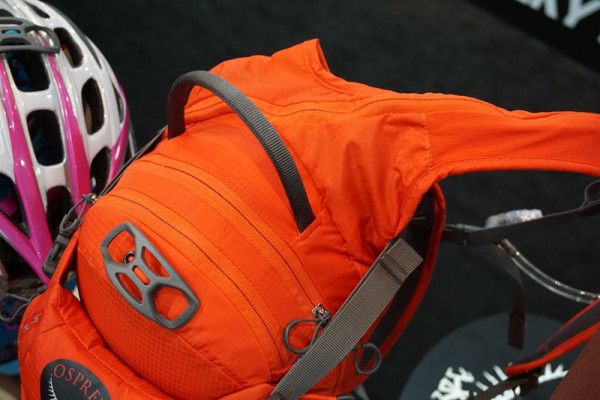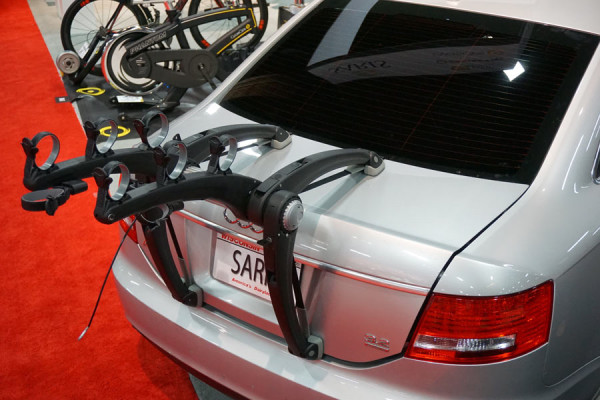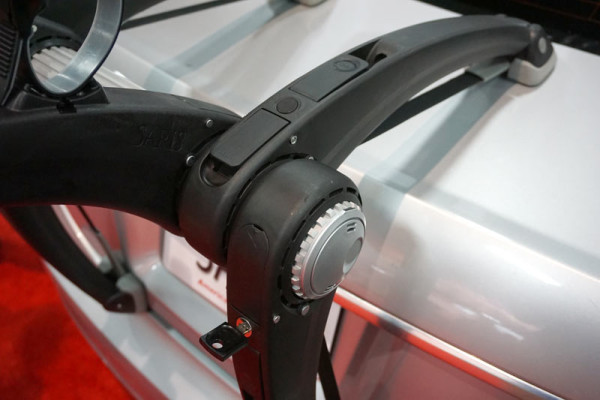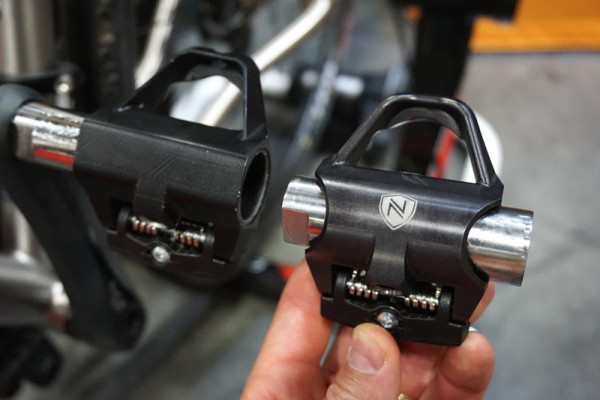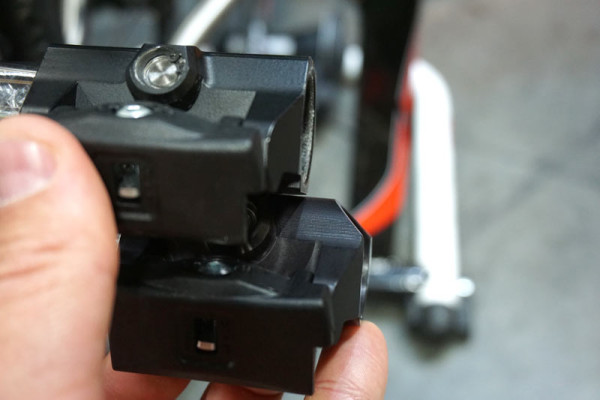Osprey’s Verve 5/9 and Viper 5/9/13 are simpler packs for shorter rides, and they’ve been updated to improve pocket access and functionality. The shoulder straps are well ventilated with a very light mesh over perforated foam padding. Both come with a lighter weight 2.5 liter reservoir without their usual rigid back panel. It’s still baffled to keep it flat even when full, and the design also helps limit sloshing from side to side.
The women’s Verve comes in two smaller sizes with five or nine cubic liters of storage, the 13l is gone for the ladies. The body of the pack has a shorter torso and narrower shoulder harness. The men’s Viper gets five, nine and 13 liter pack sizes. Retail for the collection ranges from $80 to $110.
Check other updates and more new products from others below…
The cover flap over the main compartment’s zipper is gone, which helps it slide easier, and the compression straps sit lower so they don’t obstruct access. The lower zip pockets reveal mesh accessory pockets. The larger size packs keep the phone/sunglasses pocket on the very top.
The Raptor and Raven get improved helmet locks with a grippier texture to make it easier to use. They also have the full zip reservoir pocket top that makes it way easier to load.
Saris has a new premium trunk mount rack called the SuperBones. It sheds the third set of straps of their regular Bones, meaning you only have four attachment points instead of six, but it felt rock solid and can still carry three bikes up to 35lbs (15.88kg) each. Two straps capture your top tube and a third strap wraps around the seat tube to keep the bike from swaying.
Adjustments and installation are quick and easy thanks to large release handles, and the whole thing locks into place. The straps retract automatically, too, so it stays compact and neat when off the bike. On the car, they slot between the articulating foot pads for a streamlined appearance (and likely less wind noise, too).
An inside look at the ratcheting mechanism and steel cable reinforced straps. On the right, the foot pods flex to adjust to the shape of your car. Weight is just 18.5lbs (8.4kg), retail is $399. Available this fall.
Nikola debuted his sliding pedals last year with an interesting lateral motion that founder Nick Stevovich says (and has lab tested) improves power output and efficiency. The originals were a bit bulky and heavy, though, so he took them to the milling machine and managed to lop off 50g per pedal!
He chamfered the edges (new one on bottom) to improve cornering clearance and save weight. The originals were over engineered, so once they’d proven the system it came down to refinements and dropping weight by machining away excess material. The alloy body with steel axle 450g per set. Ti spindle version comes in at 320g, working on a magnesium body and composite body for the future. All are Look Keo cleat compatible.
Also working on a flat pedal body for commuters and city bikes, and they may even make one with an SPD mountain bike cleat in it. These are 3D printed carbon fiber prototypes.
The new Mio Fuse, shown center left with the red underbelly and red pixel display, is their latest wrist-mounted heart rate monitor. Mio pretty much sets the standard with wrist-based HR monitoring, and this one combines many of the features of their others, including the Mio Velo, into a wearable that not only provides ANT+ and Bluetooth HR data to compatible smartphone apps and cycling computers, but also tracks your daily steps and calories for a complete activity picture.
If the calorie and steps don’t matter to you, they offer the Link, which is a BT/ANT+ HR monitor only, and the Velo, which does the dual band HR monitoring but will also act as an ANT+ bridge to capture ANT+ sensor data from your bike (power, speed, cadence, etc.) and relay it via Bluetooth to an app. That makes it a great way to get all your data onto a smartphone app (Strava, anyone?) without having to add a dongle or adapter or even a cycling computer.


